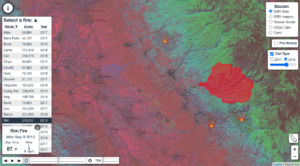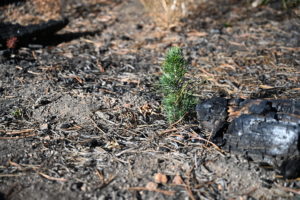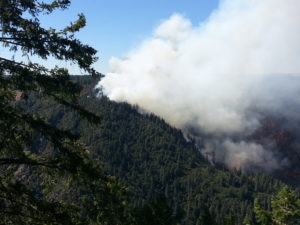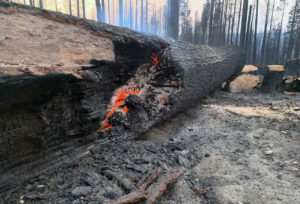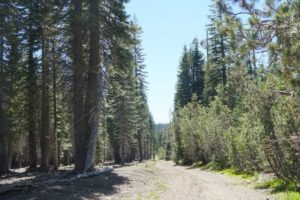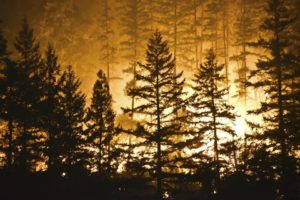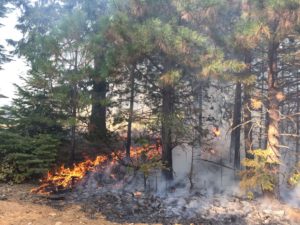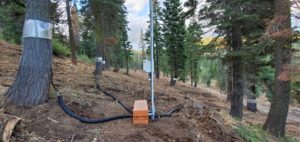The CECS team is proud to release the Fire Progression Visualization Tool! This new app shows daily fire spread for 32 of the largest multi-day…
News & Communications
By: Jaquelyn Lugg, UC Merced While scientific advances have the power to inspire us, the challenges presented by climate change can still feel insurmountable sometimes.…
Wildfire activity is on the rise in California’s Sierra Nevada, and this increase has coincided with a warming climate and increases in human activities. However,…
California’s watersheds and forested ecosystems face tremendous threats. What would it look like if the landscape began to heal?CECS researchers are contributing to a documentary…
Human-sparked wildfires are more destructive than those caused by nature In Science A wayward smoke bomb from a gender reveal party sparked a major blaze…
A fire’s impact on the land doesn’t end when the smoke clears and the flames are extinguished. Fire makes lasting changes on the land—all the…
Restoring California’s forests to reduce wildfire risks will take time, billions of dollars and a broad commitment In The Conversation There’s been little respite for California…
From Berryessa to Klamath Mountains, High-Severity Burns Quadrupled During Warm Drought By Kat Kerlin, UC Davis High-severity wildfires in northern coastal California have been increasing by…
By Jaquelyn Lugg, UC Merced While forest restoration is often associated with mitigating wildfire risk and improving ecosystem health throughout the Sierra Nevada, these actions…
By: Jaquelyn Lugg, UC Merced After timber harvest or fuel reduction thinning operations, sediment delivery to nearby streams and waterways can increase, potentially affecting water…

